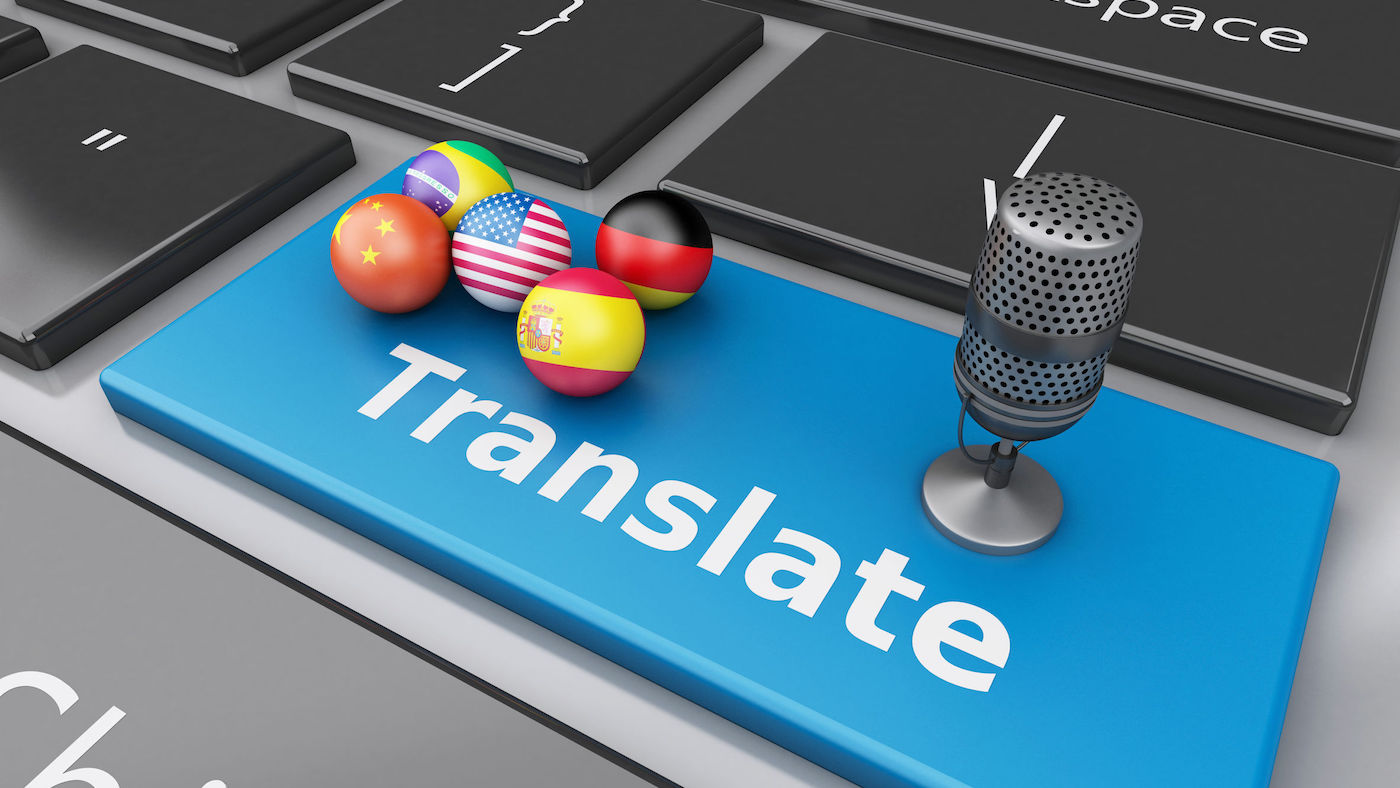Translation quality has been greatly compromised in the attempt to meet budgets and tight timelines. How good is "good enough"? Is it perhaps time to establish quality standards to protect our profession?
Just like businesses in any other sector, language service providers compete for clients from a finite pool. The figures can be quite misguiding: According to market research firm Common Sense Advisory, annual enterprise spending on translation services is expected to reach US$56 billion by 2021. These numbers can give the false impression of a blooming industry with a promising future for all players, big or small, and all approaches, human and machine-based. What the number doesn’t reveal is the reality of an increasingly consolidated market that "cannot meet anticipated volumes" through human translation.
What does this mean? It means that Quality has been brought to the negotiation table that seats LSPs and clients who want to localize their content. Although quality was once a given, it has now joined Speed and Cost as part of the negotiation.
Language is typically defined as a ...
Read more after login
tekom members can log in directly with their "My tekom" access data.
You are not yet a tekom member, but would like to read one or more articles in full? Then you have the opportunity to register on the internet portal of the technical journal 'tcworld' without obligation. Once you have registered, you can select any three specialist articles and view them in full for a period of two months. The selection will then be deleted and you can select three new articles for the next two months.
As a tekom member you benefit from the following advantages::
- Online access to all articles of the trade magazine 'tcworld magazine'
- Exclusive specialist articles from all areas of technical communication
- Regular new articles from over 300 authors
- The technical journal 'tcworld magazine' as a printed edition
- Reduced admission prices to tekom conferences
- Membership fees for tekom publications
- Access to 'my tekom', the web forum with job offers / job requests, appointments, expert advice, service provider file and much more
Login
Registration
Promised: The trade magazine 'tcworld magazine' is the best we have. And we don't make the choice easy for ourselves. Every month, the editorial staff of the technical journal 'tcworld magazine' publishes the latest articles by renowned authors. This demanding selection is available exclusively to members of tekom (as usual, including the printed edition).
The trade magazine 'tcworld magazine' stands for intelligently prepared specialist articles, texts written to the point, informative content, surprising insights, international perspectives and communicates technical communication in an understandable, fast, clear and uncomplicated way - exclusively for you.

